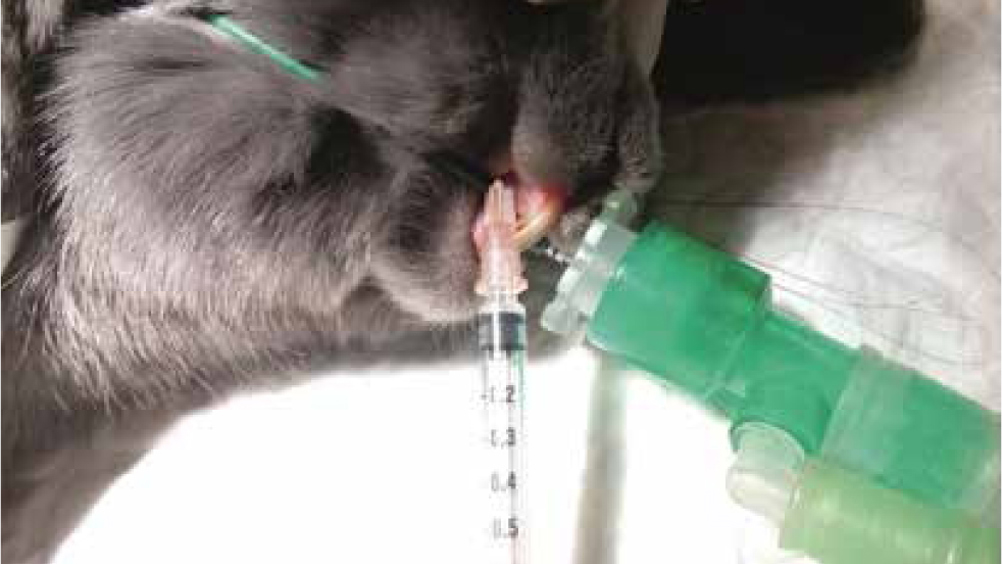References
Cuffed endotracheal tubes in cats

Abstract
A cuffed endotracheal tube may improve the airway seal in anaesthetised feline patients, compared to use of an uncuffed tube. This may improve capnography and decrease theatre pollution with volatile agents. However, two significant risks are associated with the technique. First, over-inflation of the cuff could occur, with associated iatrogenic tracheal damage; this may be prevented by use of a cuff manometer for inflation. Second, as a result of the improved seal, barotrauma may be more likely with high gas flow rates and assisted ventilation.
Endotracheal intubation is used to secure the patient's airway allowing delivery of inhalational anaesthesia and supplementation of inspired oxygen to an anesthetised patient. Additionally, the endotracheal (ET) tube protects the airway from aspiration of harmful material should regurgitation occur. The ET tube may be connected to a ventilator to support breathing in a compromised patient, for example one with traumatic brain injury.
Previously, there has been a tendency to use uncuffed rather than cutted ET tubes in small patients such as cats. However, the use of cuffed tubes has advantages even in patients of this size. In human medicine, research over the past several years for paediatric patients has indicated either that cuffed ET tubes are not disadvantageous compared to uncuffed tubes (Chen et al, 2018; de Wit et al, 2018), or that they are advantageous (Mukhopadhyay et al, 2016; Chambers et al, 2018), and their use has increased, although more data are needed (De Orange et al, 2017; Chen et al, 2018).
Register now to continue reading
Thank you for visiting UK-VET Companion Animal and reading some of our peer-reviewed content for veterinary professionals. To continue reading this article, please register today.

